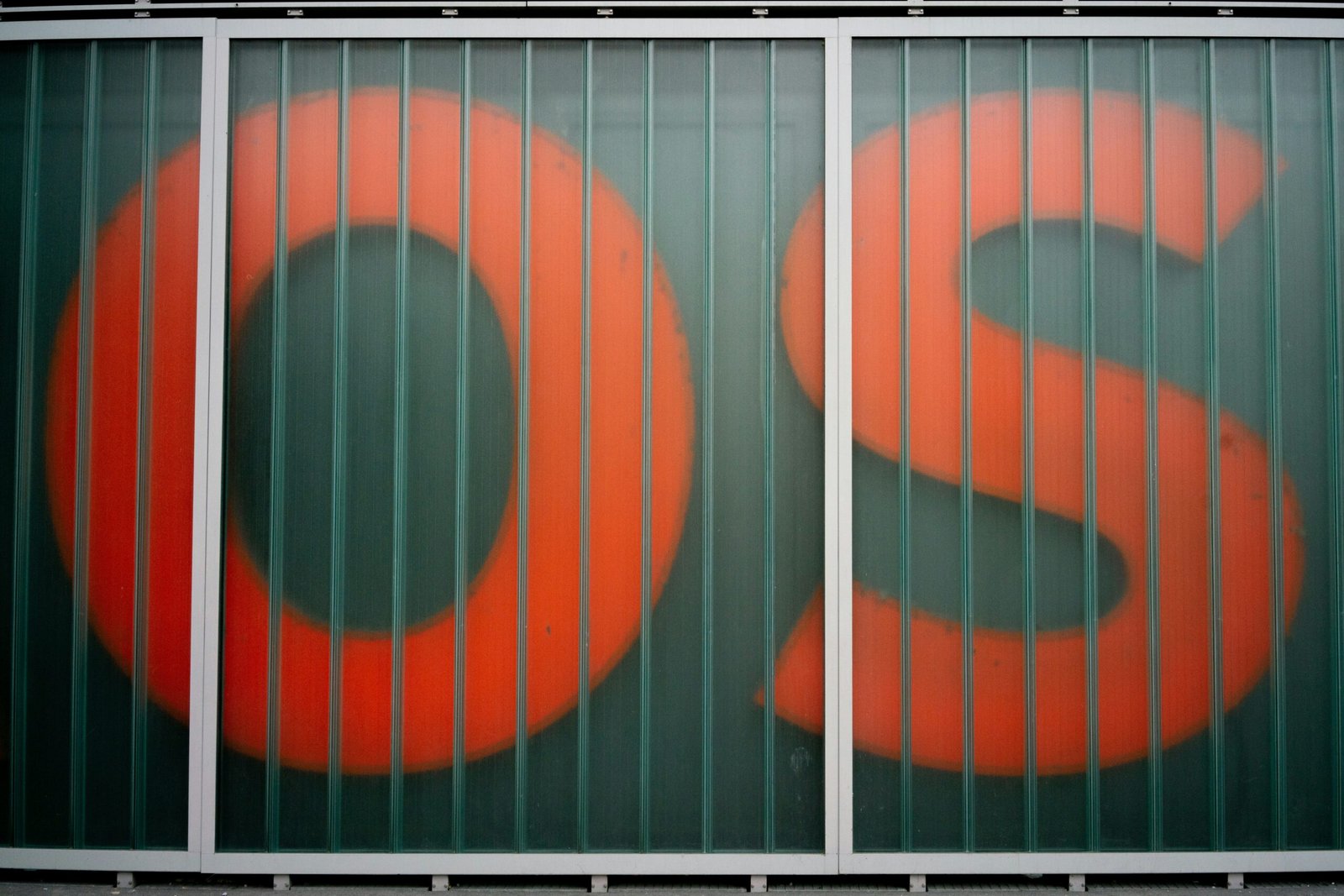What is a Graphics Card?

A graphics card, also known as a video card or GPU (Graphics Processing Unit), is an essential component of a computer system that is responsible for rendering and displaying visual information on a monitor. It is specifically designed to handle the complex calculations required for generating and manipulating images, videos, and animations.
The primary function of a graphics card is to convert data into a format that can be understood by the monitor. It takes input from the computer’s CPU (Central Processing Unit) and processes it to produce the final output on the screen. This allows users to interact with graphical user interfaces, play video games, watch high-definition videos, and perform other graphics-intensive tasks.
Graphics cards are equipped with their own dedicated memory, known as VRAM (Video Random Access Memory), which stores the data required for rendering images. The amount of VRAM determines the card’s ability to handle high-resolution textures and complex visual effects. Higher-end graphics cards typically have more VRAM, allowing for smoother and more detailed graphics.
Modern graphics cards are built using advanced technologies and architectures, such as NVIDIA’s GeForce and AMD’s Radeon. These cards are equipped with numerous processing cores that work in parallel to handle the immense computational workload required for real-time rendering.
One of the key features of a graphics card is its ability to support various display outputs. Most graphics cards come with multiple ports, such as HDMI, DisplayPort, and DVI, allowing users to connect multiple monitors or other display devices simultaneously. This is particularly useful for professionals who require a multi-monitor setup for tasks such as video editing, graphic design, and 3D modeling.
Graphics cards are also instrumental in enhancing the overall performance of computer systems. They offload the graphics processing tasks from the CPU, freeing up its resources for other computational tasks. This results in improved system responsiveness and faster execution of applications.
When choosing a graphics card, it is important to consider factors such as the intended usage, budget, and compatibility with the computer’s motherboard and power supply. Gamers and professionals who require high-performance graphics should opt for more powerful and feature-rich graphics cards, while casual users may find entry-level or integrated graphics sufficient for their needs.
In conclusion, a graphics card is a crucial component of a computer system that enables the generation and display of visual content. Its ability to handle complex calculations and render high-quality graphics makes it an indispensable tool for gaming, multimedia, and professional applications.



